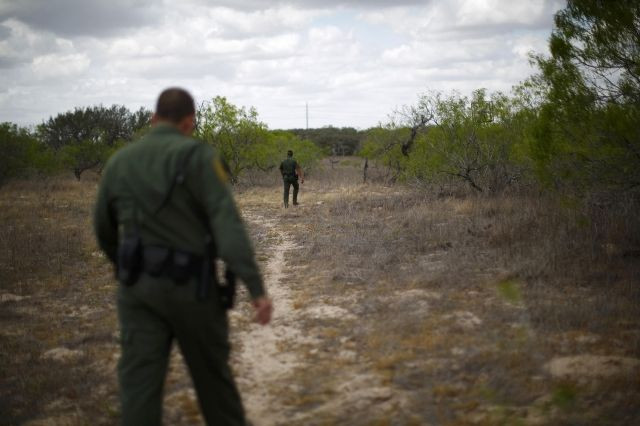
The Department of Homeland Security announced on Wednesday that it would test putting cameras on the dashboards of Border Patrol vehicles and overhaul basic training for new agents working the nation's borders, in response to criticism resulting from agents' use of deadly force at the US-Mexico border. In addition to the dashboard cameras, US Customs and Border Protection says it might also do a test run of lapel cameras attached to agents' uniforms, and rework internal oversight of use-of-force reports and training. The cameras are meant to protect agents from false allegations and determine when an officer may have used excessive force. The American Civil Liberties Union blames CBP for the deaths of at least 19 people since 2010.
The review of its policies, carried out by three distinct parties, began in 2012 after 16 members of Congress put their names to a letter expressing alarm over the death of Anastasio Hernandez Rojas while in the custody of the DHS. Hernandez Rojas had been Tasered several times while his hands were restrained behind his back. The letter asked whether the incident was "part of a larger cultural problem" and said the DHS "must take serious steps to determine how to make your agents more accountable" and "improve the transparency of the Department".
Agents will continue to be permitted the use of deadly force, which the Border Patrol says is sometimes necessary, pointing to the 185 occasions its agents were assaulted with rocks - to which agents responded with gunfire 12 percent of the time - in fiscal 2012. Injuries have ranged from relatively minor scrapes to more serious head contusions, like that suffered by Kent Lundgren, chairman of the National Association of Former Border Patrol Officers, while patrolling the border near El Paso in the 1970s. "[The blow] put me on my knees," Lundgren told USA Today in December. "Had that rock caught me in the temple, it would have been lethal, I have no doubt."
But some immigrant-advocacy and civil-rights groups question the use of deadly force. After 16-year-old José Antonio Elena Rodríguez was killed on the Mexican side of the border after an agent responded to thrown rocks by firing into Mexico - hitting the boy seven times in the back - the Arizona-based Coalición de Derechos Humanos (Human Rights Coalition) demanded an "immediate halt and review of [CBP] 'use of force' policies" as well as an independent investigation of the incident, including "the possible prosecution of the Border Patrol agent to stand trial for the murder of this young man."
RELATED: Border Patrol To Release Information To Washington Immigrant-Rights Group On Traffic Stops In Racial Profiling Settlement
© 2025 Latin Times. All rights reserved. Do not reproduce without permission.




